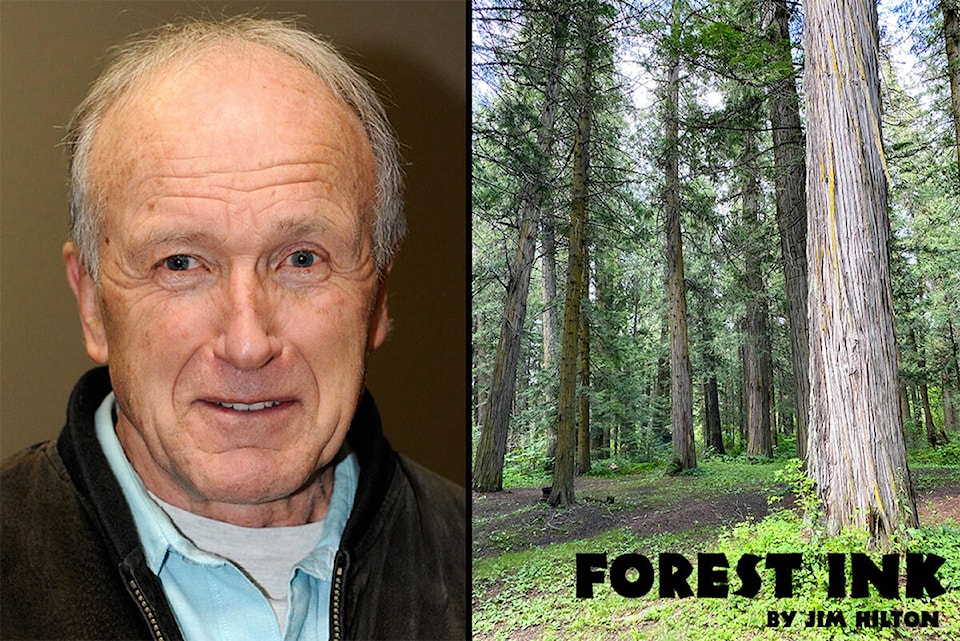After hearing about the many animals lost during the floods in the Fraser Valley it reminded me of the way we disposed of the animals on our dairy farm in Alberta.
Without having machines that could bury the carcasses they were taken to the bone yard where time and scavengers did the job.
After some research dealing with the B.C. regulations of the Animal Health Act, I found the following: Dead animals must be disposed of in an acceptable manner within seven days of death. Mortalities can be composted, incinerated, buried, rendered or naturally disposed. Proper disposal of carcasses is important for both the prevention of livestock disease transmission and the protection of air and water quality.
It turns out that composting is becoming an acceptable way of dealing with the animals with a minimal use of fossil fuels as well as producing a profitable and useful end product.
READ MORE: Plans underway to remove livestock carcasses after floods recede in B.C.: agriculture minister
According to Bill McKibben in his book Earth, a very successful composting business has been developed by Tom Gilbert in Hardwick Vermont where he is able to dispose of animal carcasses along with garden and kitchen wastes that he collects.
Apparently five percent of domestic livestock are lost annually so a fairly steady supply is available and most people are more than willing to have someone else deal with the problem. His approach to dealing with the larger animals is to prepare an 18-inch base of wood chips along with about six inches of sawdust and a thin layer of corn silage upon which the animal is placed.
He then covers the body with corn silage and after about two weeks the pile usually has reached a temperature of 145 degrees at which time the bones have separated from the carcass.
Composting reduces the volume of the parent materials and most pathogens are destroyed if the process is controlled and proper temperatures are reached.
Even in his small community Mr. Gilbert has calculated the equivalent of 54 thousand gallons of gasoline has been conserved every year because of his composting operation (i.e. one yard of compost is the equivalent to one yard of synthetic nitrogen).
In the case of the floods in the Fraser Valley the BC Dairy Association estimates that 500 cattle died along with thousands of poultry which means a number of methods will be needed to deal with the unusually large amount of mortalities over such a short time frame.
While there are complications of composting in the winter time and concerns about dealing with bones due to mad cow disease there are ways of dealing with these issues especially when there are so many gains from improving soil fertility of our forest and farm lands.
With the robust agriculture and forestry industry in this province along with increasing interest in organic operations I think we are in a good position to pursue the composting of many natural residual products that are often left to rot or burned at the roadside.
news@wltribune.com
Like us on Facebook and follow us on Twitter
